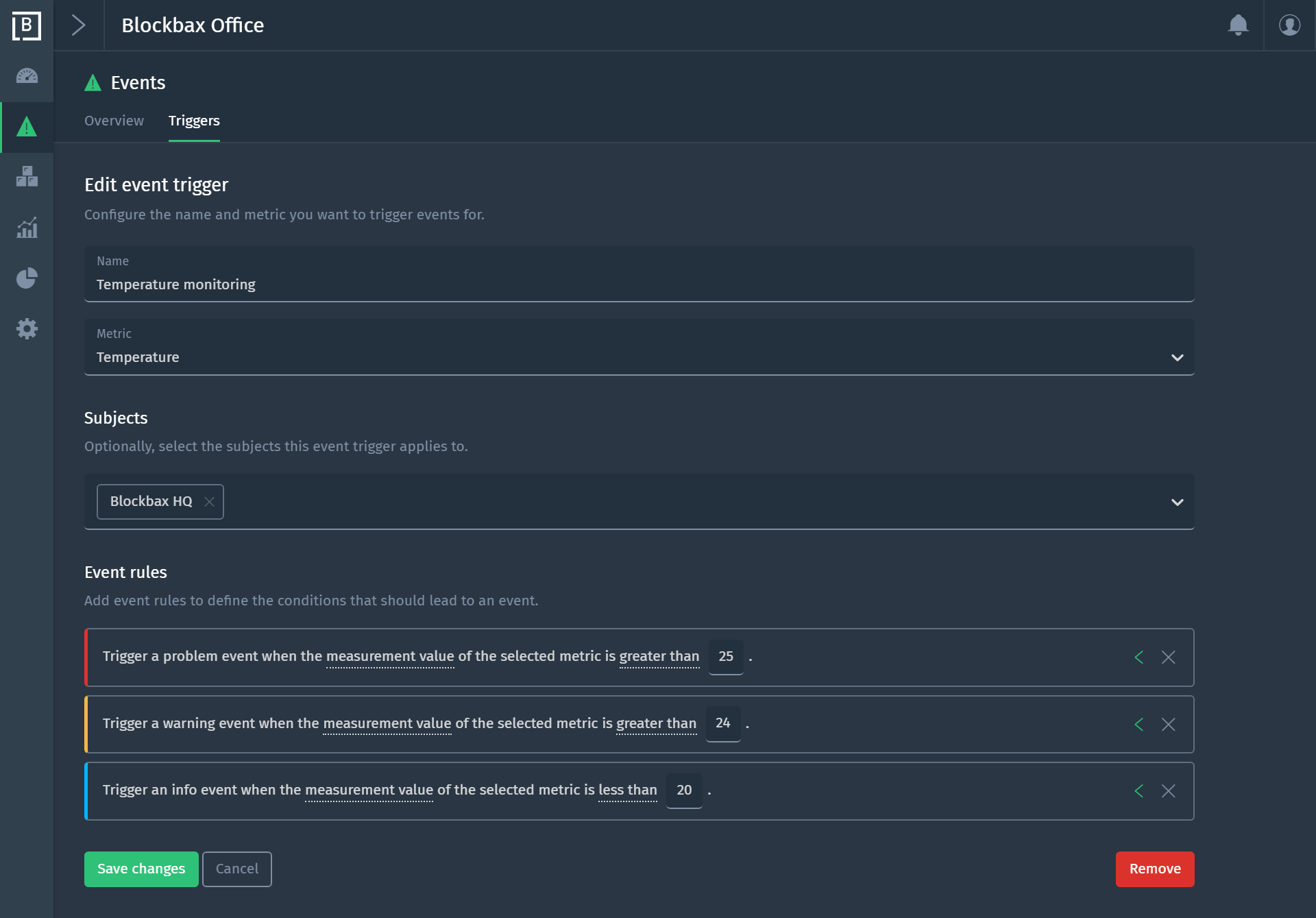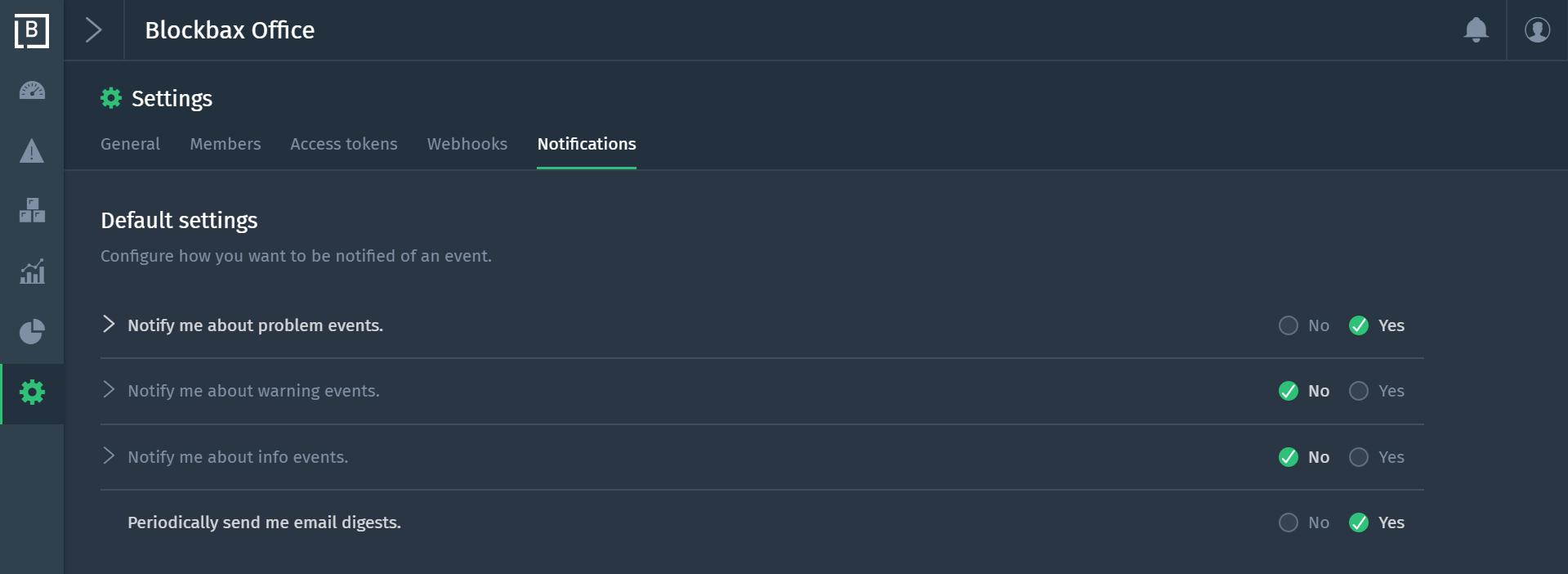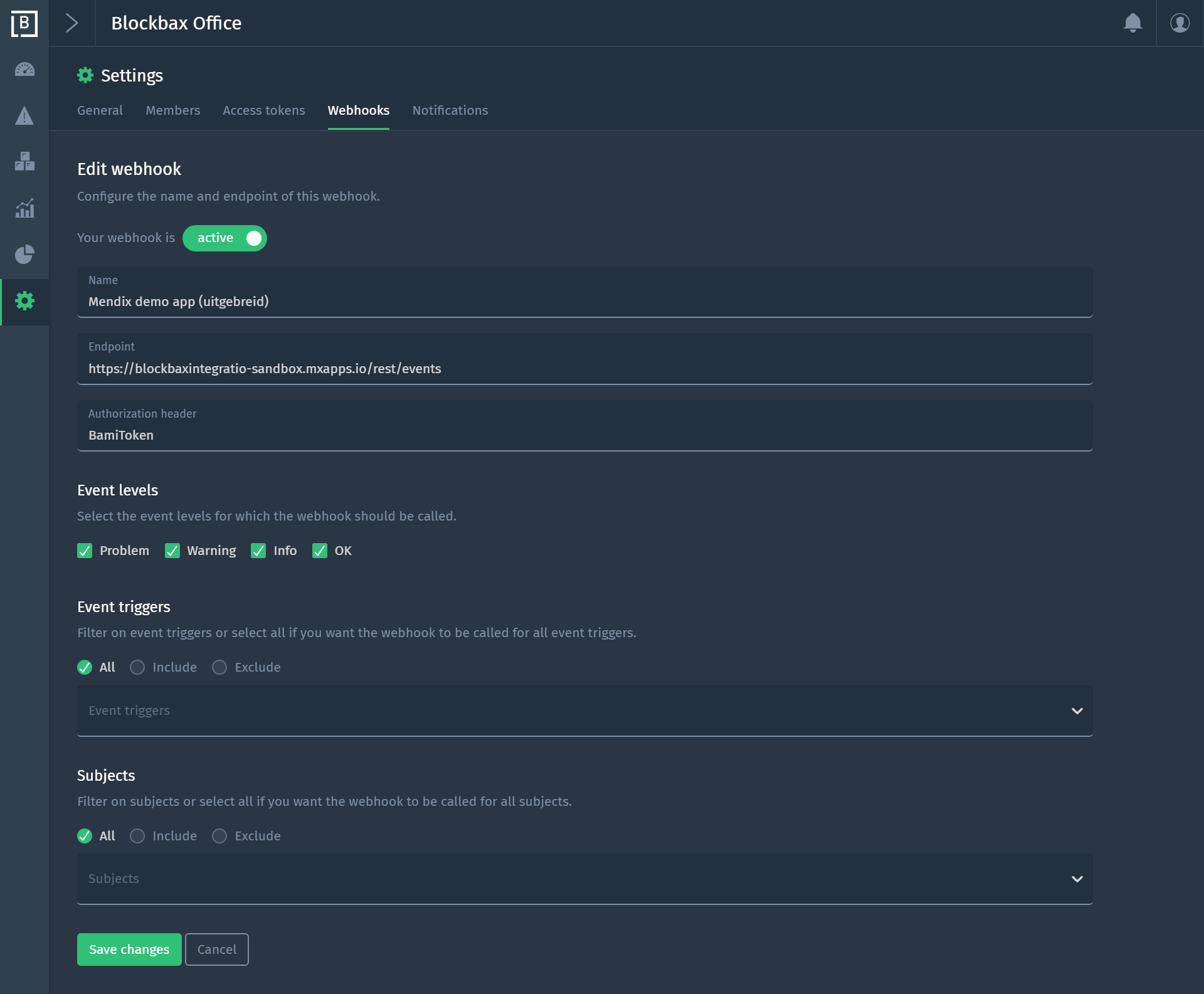June 28, 2019 · 7 min read
Hands on with IoT, edge computing and cloud computing
From data to action
Until now I talked about how IoT solutions can combine edge and cloud computing to reap the benefits of both (part 1). Edge computing can interact with the physical world (e.g. control actuators in a production line) without being susceptible to network problems while it can utilize the cloud to perform more sophisticated data analytics. In the cloud, data from multiple edge systems can be used to form a broader view. Finally these discovered insights can be fed back to enrich edge systems and improve their decision making.
We also got hands on at how we can setup our own connection between an edge device and the cloud (part 2). We connected a set of sensors to a Raspberry Pi (our edge device) and send its sensor data to the Blockbax Platform (the cloud).
In this blog we are going to turn the data we are collecting from the Raspberry Pi into valuable actions by configuring logic to trigger events on the Blockbax Platform. The Blockbax Platform is an easy to use platform where anyone can easily analyze and set rules to trigger events using their own data.
Data insights
Subject overview
Let’s first look at what our collected data by the Raspberry Pi from the previous blog looks like on the Blockbax Platform.
Last blog I talked about the data model that is defined within the Blockbax Platform. Important concepts are subjects and metrics. Subjects are the entities you want to monitor, in this case that would be “Blockbax HQ”. Metrics are the properties of a subject you want to measure, an example would be “Temperature”.
In this subject overview screen from “Blockbax HQ” we can monitor five different metrics being measured by the sensors connected to the Raspberry Pi, recent events being triggered by our preconfigured logic and an event stream of incoming new events. From here we can get an overview of the state of our subject by looking at the latest measurements and events.
Events
At Blockbax we like to focus more on the relevant actions to take, than on the measurements itself. Business value is generated when there is acted on specific patterns of measurements, which we call events. For example when it is getting too hot (an event) productivity will likely decrease and we can turn on the air conditioning (an action) to avoid productivity decreasing (business value). Typical dashboards are rather static and rarely trigger action when it is needed. Only in rare occasions people are going to look at graphs of measurements continuously to see when action needs to be taken. This is why we treat events as first class citizens throughout the platform.
In our example business value is maximized when we turn on the air condition just before the temperature reaches a level where productivity will drop. If we wait until the end of the day when everybody has gone home it won’t matter anymore and all potential business value is lost. The same logic can be applied to practically any event for which action can retain or increase business value.
For this reason we try to make organizations aware that information is perishable and taking swift action will maximize business value. In order to take swift action the platform is architected with real-time processing at heart, being able to ingest huge volumes of measurements and trigger the resulting events within seconds. To distinguish different degrees of severity there are four different event levels: ok, info, warning and problem.
In the platform the logic to trigger events can be easily configured. This logic is applied on the incoming streams of measurements to trigger events that can notify users or inform other systems in real-time.
Domain experts know how to interpret the data and in order to trigger valuable events their knowledge is essential. For this reason configuring event triggers in the platform does not require any programming or data science skills. This way experts in all sorts of domains do now have the tools to set triggers on the patterns that make sense.
From insights to actions
Notifications
Inside the Blockbax Platform you can receive the events you are interested in as notifications. If you are not interested in all events you can change your preferences and receive only events of the specific event levels and/or event triggers you are interested in. Additionally you can also specify if you also want be notified via e-mail.
Webhooks
Notifications are a great way to inform yourself and colleagues about interesting events but you might also want other systems to be informed when this happens. For example when an event indicates that an asset is going to malfunction in the near future you might want to send this to your work order management system to schedule maintenance. Not only do you want to schedule maintenance, you could also inform another application that can pre-order the needed parts for a specific system. The platform offers a feature called webhooks for this where events can be send in real-time to other important systems.
In this “Hands on with buzzwords” blog series we looked at how we can use edge computing and cloud computing in IoT solutions. I showed you how we can easily set up an edge device and send its data to the cloud. In the cloud we can use this data to trigger events that set in motion people or systems to take the relevant actions to generate real business value.
This was the last blog of the series. I hope these blogs gave you good practical examples on how edge computing, cloud computing and IoT can work together to create valuable data-driven solutions.
I hope the series sparked a lot of new ideas for your domain. It would be great to hear from you! Feel free to drop me a note at webuildrockets@blockbax.com.







